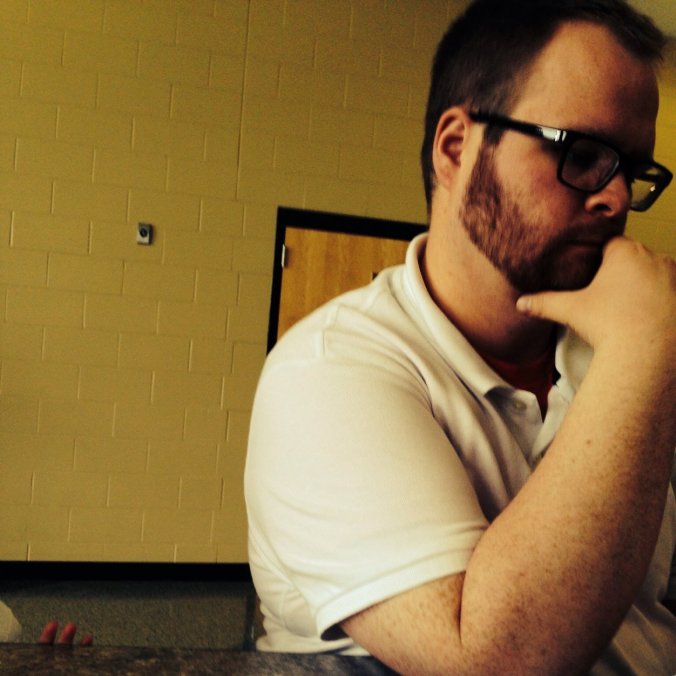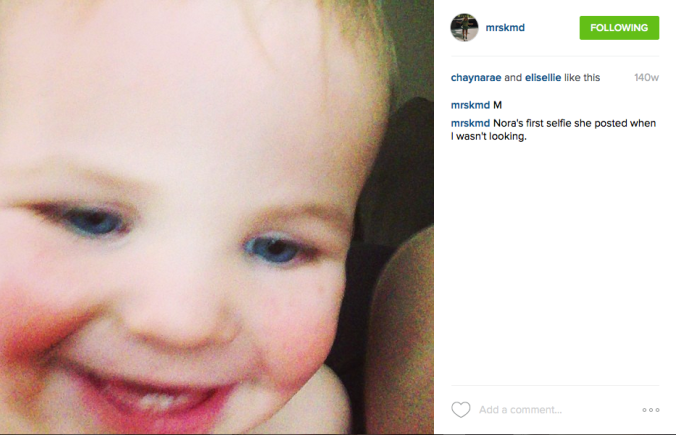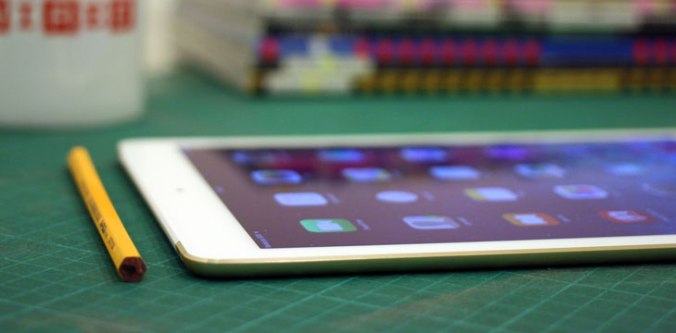 I recently attended ITEC, which is Iowa’s big ed tech conference held every year in October. I’ve enjoyed going to ITEC over the years and always walk away with something new. This year my focus was on all sessions related to professional development, although I admit I went to a great session on how a middle school teacher in Bettendorf, IA is doing real project-based learning. In general though, I went to sessions that looked at professional development and how to make it better. At one point someone tweeted, advocating for the use of social media as a professional development experience, that if you aren’t engaging in social media then you aren’t pushing yourself as an educator. After some back and forth the issue that “Boring PD” was insufficient to meet the demands of learners and society arose.
I recently attended ITEC, which is Iowa’s big ed tech conference held every year in October. I’ve enjoyed going to ITEC over the years and always walk away with something new. This year my focus was on all sessions related to professional development, although I admit I went to a great session on how a middle school teacher in Bettendorf, IA is doing real project-based learning. In general though, I went to sessions that looked at professional development and how to make it better. At one point someone tweeted, advocating for the use of social media as a professional development experience, that if you aren’t engaging in social media then you aren’t pushing yourself as an educator. After some back and forth the issue that “Boring PD” was insufficient to meet the demands of learners and society arose.
While engaging in social media is a great professional growth experience I believe more teachers should engage in, since it helps us get outside our comfort zone, I don’t consider it all that much different than attending conferences. Instead of engaging with people in a room we engage with people across Twitter on topics we care about. While this will, to a degree, lead to change in the educator and in a more convenient and cost friendly way, our growth as a teacher is much more multi-faceted than spending a few hours a week on Twitter, Facebook, and Google+. Great ideas are great…as long as they are implemented. Otherwise, it’s just an idea.
This brings me back to “Boring PD.” We often waste, ignore the opportunities that are available to us for professional growth. Weekly, bi-monthly, and monthly PD shouldn’t be an experience those being served by it feel is boring. I can’t think of a better time for growth than when a group of educators are together to start talking about how we’ve implemented our curriculum, how we can make it better, and then start designing the instruction to make it better. How many times have you experienced this at your school? Your college? Your university? Only on rare occasions have I been engaged in such an experience that led to the development of new instruction for my class or practice. Why don’t we do this more?I get that there are practical issues that we have to discuss, especially in K12 education. Yet, how many of these issues that effect student learning everyday could be resolved if we created more engaging instruction where students are doing more than passively getting by in class, hoping that they won’t be called upon to contribute?
Will there likely be meetings we have to attend that we’d rather not? Yes. Can we change the structured learning opportunities for teachers so that they are more dynamic, more engaging, more productive so that student learning can improve? Yes. We just have to want it enough that we advocate for it, which means that we take the leadership to make it happen. Social media is one cog in our professional growth wheel. There are other factors that make us better teacher, some we know and some we don’t, some we control and some we don’t. Growing as a teacher is complicated, which is probably why we often are unsure of how to go about doing it better. Social media isn’t the answer in and of itself. It’s a small part of a larger system, which means that if we want to grow and see growth in our students, then we need to make professional development not boring. We need to make better use of the time that we have with other educators so that we talk about what’s working and what’s not, how we might improve it, and then create the instruction that leads to better student learning.
Photo Credit: https://www.flickr.com/photos/22646823@N08/3070394453/

 Nora taking a picture of me at age 2.
Nora taking a picture of me at age 2.
 Nora posting a selfie to her mom’s Instagram at age 1.
Nora posting a selfie to her mom’s Instagram at age 1. When we think about integrating technology into our teaching, we’re thinking too much about how to use the technology and not enough about how that technology will impact our instructional decision making. What we do in our lessons is directly related to the decisions we make when using technologies. Simply put, technologies and their affordances and constraints are on equal footing with the content we’re teaching and the instructional strategies we’re using to teach that content. Therefore, if we choose to use a SMART Board, the content we teach and how we teach it are going to be impacted in some way, good or bad. How we represent information on the SMART Board is going to be different from what we’ve experienced in the past. How we teach using the SMART Board is also going to be different than it would if we didn’t use the technology. What this all means is that when we’re going to use a technology in our instruction, we need to change how we approach creating and preparing for that lesson.
When we think about integrating technology into our teaching, we’re thinking too much about how to use the technology and not enough about how that technology will impact our instructional decision making. What we do in our lessons is directly related to the decisions we make when using technologies. Simply put, technologies and their affordances and constraints are on equal footing with the content we’re teaching and the instructional strategies we’re using to teach that content. Therefore, if we choose to use a SMART Board, the content we teach and how we teach it are going to be impacted in some way, good or bad. How we represent information on the SMART Board is going to be different from what we’ve experienced in the past. How we teach using the SMART Board is also going to be different than it would if we didn’t use the technology. What this all means is that when we’re going to use a technology in our instruction, we need to change how we approach creating and preparing for that lesson.

